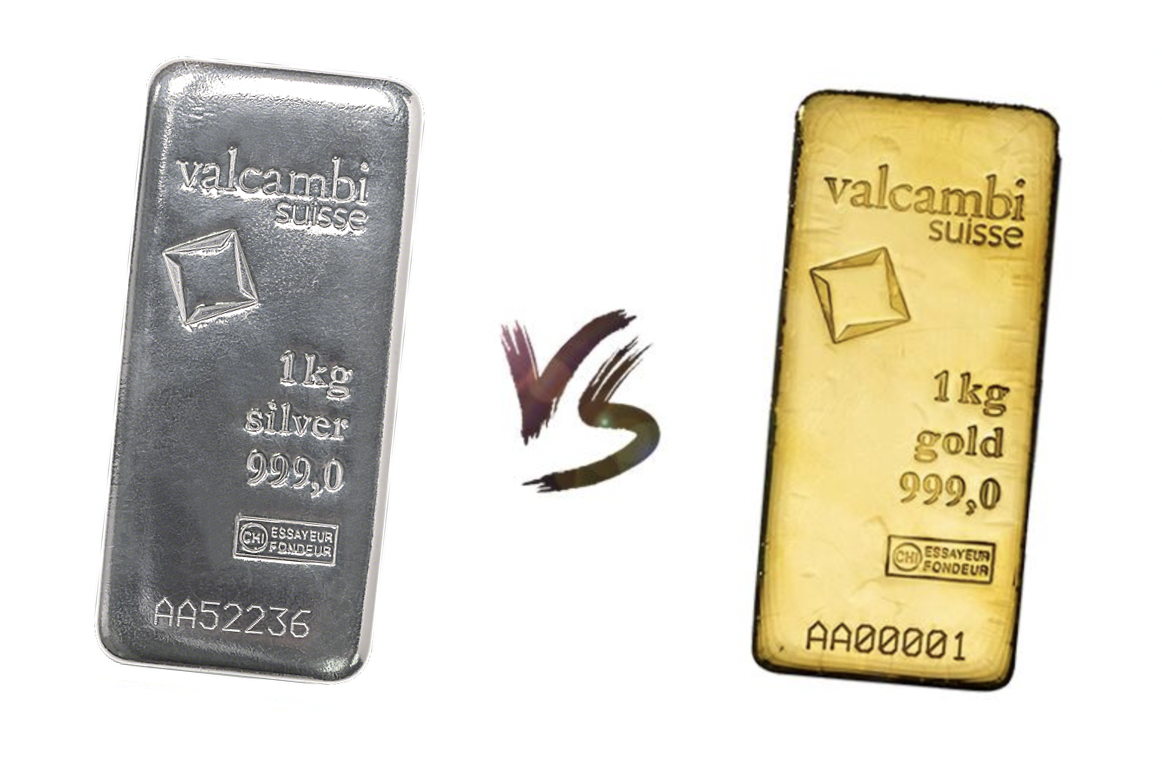We’ve gone through at length how it is possible to build generational wealth using gold when viewed in terms of real estate prices. However, for some people, it is not feasible to buy that much gold due to personal circumstances. Today we shall look at another way to view gold prices – in terms of silver.
Silver? Isn’t that another precious metal? Don’t they all fluctuate in the same general direction? You would be right to say that. However, gold and silver prices have varying degrees of fluctuation. Hence the price of gold in silver terms has been fluctuating constantly, and is not a one way street.
Generally, investors use the term gold-silver ratio to mean the number of silver ounces it takes to buy an ounce of gold. For example, if the price of gold now is at US$1,800 and silver at US$20, then the gold-silver ratio stands at 90 (1800/20 = 90). That also means it takes 90 ounces of silver to buy an ounce of gold.
Is it really that important? Well you can use that ratio to gain more of each metal every time you trade one metal for the other. As before, let’s go through an example.
On 10 February 2020, the ratio stood at 89. Assuming we started out with 5 ounces of gold and 445 ounces of silver. That would make our total of each metal pretty much the same.
On 6 April 2020, the ratio went up to 110. It now takes 110 ounces of silver to buy an ounce of gold. We decided to sell off 2 ounces of gold to buy silver, bagging 220 ounces of silver in the process. This is already 42 ounces of silver more than what we would have gotten just 2 months prior.
On 14 September 2020, the ratio went down to 73. It now takes 73 ounces of silver to buy an ounce of gold. We then decided it was time to buy gold using silver and bought back 3 ounces of gold. This cost us 219 ounces of silver.
Let us take stock of the amount of metals we had after each transaction. After buying silver with 2 ounces of gold on 6 April 2020, we were left with 3 ounces of gold and 665 ounces of silver and 3 ounces of gold. After buying back the gold on 14 September 2020, we then have 446 ounces of silver and 6 ounces of gold.
So we started the year with 445 ounces of silver and 5 ounces of gold. We ended the year with 446 ounces of silver and 6 ounces of gold. That’s an extra 1 ounce of silver and 1 ounce of gold.
How about market value you say? Let’s take a look at the portfolio value then. We started the year at US$1827 per ounce of gold and US$17.74 per ounce of silver. That put the portfolio value at around US$15,814.30. Following the trade on 6 April, gold and silver stood at US$1,695 and US$15.40 respectively. Our portfolio then stood at US$15,326. Finally, after the final trade in September, gold and silver prices stood at US$1,950 and US$26.76 respectively. This brought our portfolio value up to US$23,634.96.
Portfolio appreciation stood at US$7,820.66 for the year. Or around 49.5%. If we had just kept the silver and gold as they were, the portfolio appreciation would have stood at US$21,658.20. That is a gain of US$5,843.90 or 37%.
The gold-silver ratio has been proven to boost the portfolio value of gold and silver investors over long periods of time. Of course, this example was extreme and such wild swings do not happen very often. There is also the risk that once you make the first trade, the ratio may continue against you for a foreseeable future. The investor has to beware of these risks when planning such trades.
